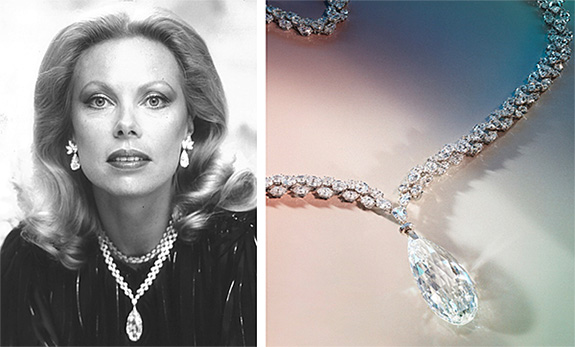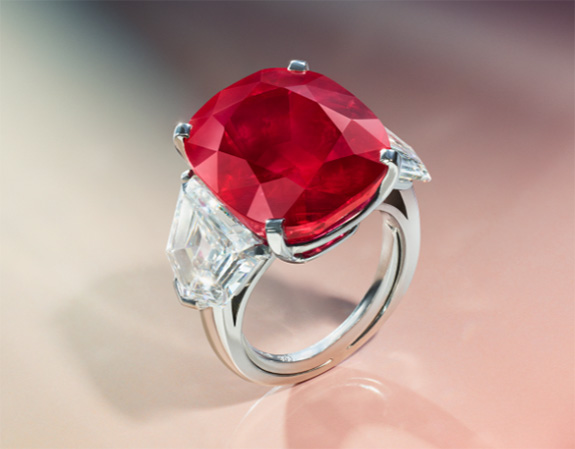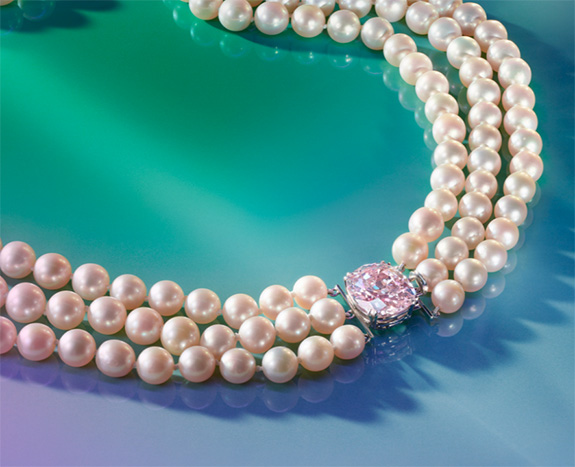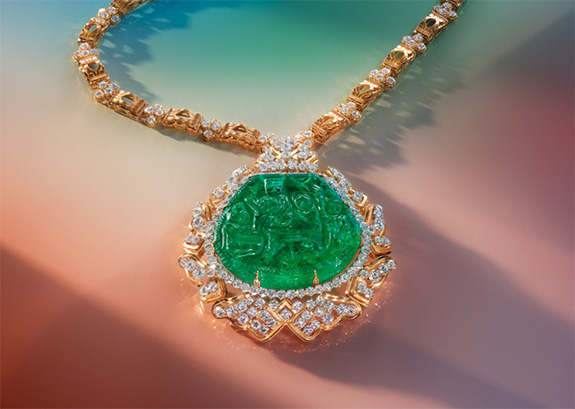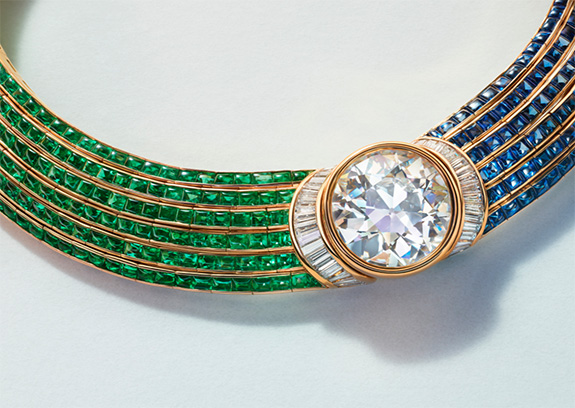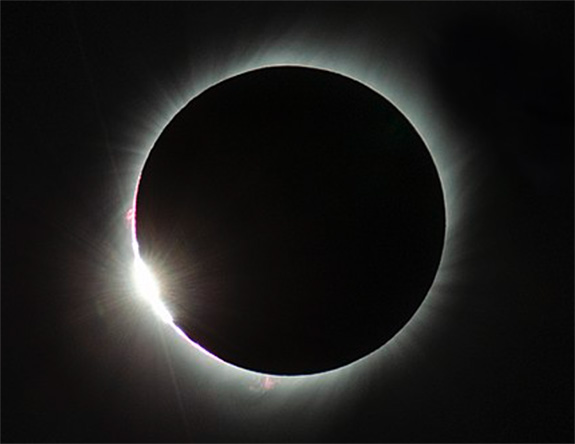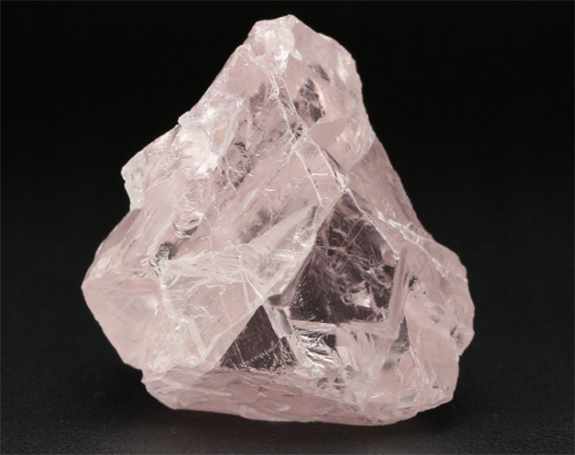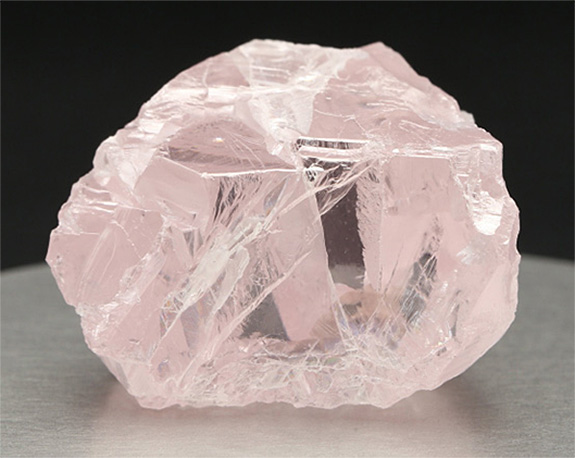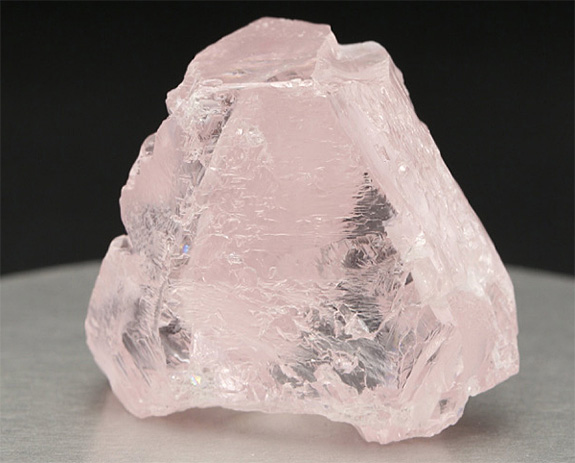Billed as the largest and most valuable private collection of jewels ever to come to auction, "The World of Heidi Horten" is expected to fetch more than $150 million at Christie's Geneva in early May.
The auction house is confident that "The World of Heidi Horten" collection will easily eclipse the $100+ million sales totals achieved by "The Elizabeth Taylor Collection" ($115MM, 2011) and the "Maharajas & Mughal Magnificence" auction ($109MM, 2019). Christie's noted that these are the only two jewelry collections in history to achieve more than $100 million.
Christie’s will be offering 700 lots from the Austrian art collector and philanthropist during a series of auctions slated for Luxury Week in Geneva, with a two-part live sale taking place on May 10 and 12, alongside an online sale from May 3 to 15.
Among the highlights of the auction are the stunning 90.38-carat "Briolette of India" diamond necklace, the 25-carat "Sunrise Ruby" and the 362.45-carat carved "Great Mughal Emerald Pendant Necklace."
All of the proceeds from the auction will benefit The Heidi Horten Foundation, established in 2020 to support The Heidi Horten Collection, a museum of modern and contemporary art she founded in Vienna, Austria. Funds will also support medical research, child welfare and other philanthropic activities that she supported for many decades. Horten passed away in June of 2022 at the age of 82.
According to Christie's, Horten was known for her elegance, glamor and fine taste.
"Heidi was a sensitive and passionate collector with a deep appreciation for jewelry," said Max Fawcett, head of jewelry at Christie’s in Geneva. "She had a discerning eye and curated a sophisticated collection featuring some of the finest jewels ever to come to market."
She and her husband, Helmut, collected fine works of art and jewels of exceptional quality and rarity. As a wedding gift, Helmut presented his wife with the "Wittelsbach Blue," a natural greyish-blue diamond of 35.56 carats that had formerly been part of both the Austrian and Bavarian crown jewels.
After Helmut's passing in 1987, Heidi continued to refine her jewelry and art collections.
"What makes this collection particularly remarkable is the breadth and quality of the gemstones represented," added Fawcett. "You’ll find everything from costume jewelry and one-of-a-kind haute joaillerie pieces to historic jewels with exceptional provenance."
All eyes will be on these featured lots at Christie's Geneva in May:
The 90.38-carat ‘Briolette of India’ diamond necklace (shown above). According to jewelry historian Hans Nadelhoffer, the stone was cut into its distinctive shape in Paris and sold to Cartier in the early 20th century. In 1950, the stone was purchased by Harry Winston, who made it the centerpiece of a marquise- and pear-shaped diamond necklace. (Estimate on request).
"The Sunrise Ruby" and diamond ring, featuring a 25-carat pigeon-blood, cushion-cut ruby of exception purity. By Cartier. (Estimate $15 million to $20 million).
A three-strand necklace incorporating 175 natural saltwater pearls and highlighted by an 11-carat cushion-shaped pink diamond clasp. By Harry Winston. (Estimate $7 million to $10 million).
"The Great Mughal Emerald Pendant Necklace" featuring a 362.45-carat carved emerald. By Harry Winston. (Estimate $500,000 to $700,000).
A diamond, sapphire and emerald necklace set with a 46.56-carat round brilliant-cut diamond at its center. By Bulgari. (Estimate on request).
Credits: Jewelry images courtesy of Christie's. Heidi Horten image courtesy of The Heidi Horten Foundation.
